Matcha and green tea are both popular beverages derived from the Camellia sinensis plant, but they differ significantly in production, taste, color, and cultural significance. Understanding these distinctions can help tea enthusiasts appreciate the unique qualities of each type.
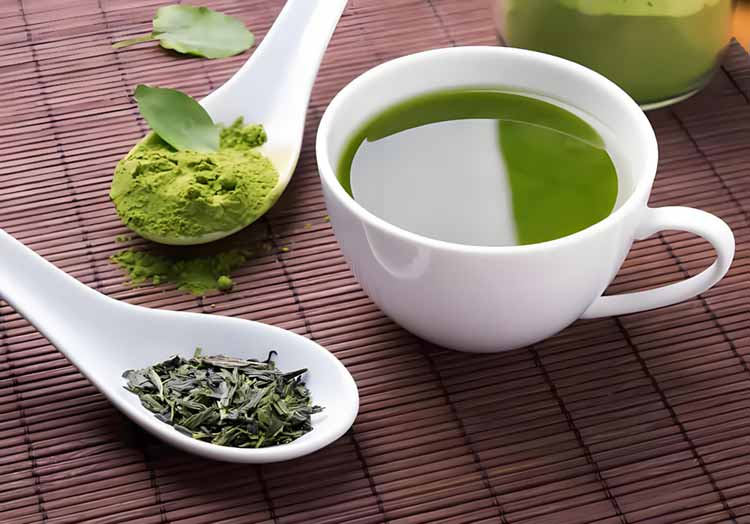
Production Process
Green tea is produced by drying tea leaves to prevent oxidation, which preserves their natural green color. This process involves heating the leaves to deactivate enzymes that cause fermentation. Sencha, Genmaicha, and Hojicha are variations of green tea, each with its own distinct processing methods. Sencha, for example, is steamed and then dried, resulting in a mild and sweet flavor. Genmaicha combines green tea with roasted rice, giving it a nutty aroma, while Hojicha is roasted to a deep brown color, imparting a smoky flavor.
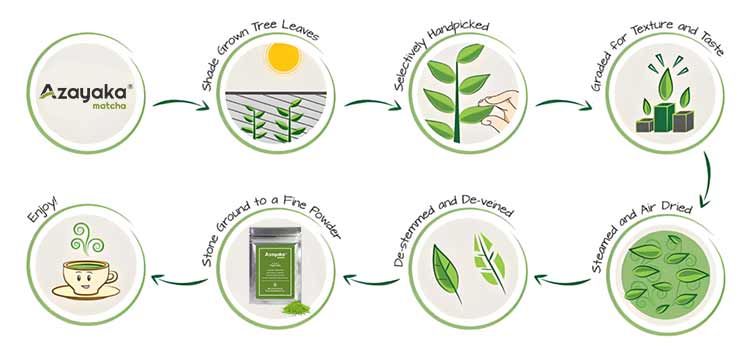
Matcha, on the other hand, undergoes a more intricate production process. It starts with selecting specific tea plants that are shaded for about three weeks before harvest. This shading increases the chlorophyll content and enhances the amino acid production, resulting in a sweeter and more umami-rich taste. After harvesting, the leaves are steamed, dried, and then stone-ground into a fine powder. This meticulous preparation ensures that matcha not only tastes distinct but also retains a higher nutritional value compared to regular green tea.
Taste and Aroma
Green tea generally has a milder taste with a fresh, grassy aroma. The flavor can vary depending on the type of green tea, ranging from the delicate sweetness of Sencha to the nutty, roasted flavor of Genmaicha. Hojicha, being roasted, offers a smoky, earthy taste.
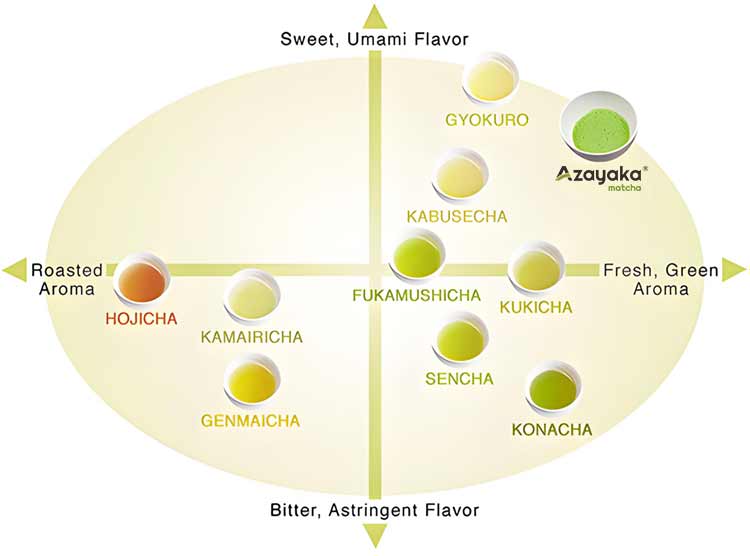
Matcha, in contrast, boasts a richer, more intense flavor with a distinct umami taste and a slight sweetness. Its aroma is also more pronounced, often described as having a vegetal or even seaweed-like scent due to the high chlorophyll content. The fine grinding of matcha allows for a smoother texture and a frothy consistency when prepared correctly.
Color
Green tea varies in color from a pale yellow-green to a deeper green, depending on the type and brewing method. Sencha, for instance, has a light green hue, while Hojicha’s color is more of a pale brown.

Matcha, however, has a vibrant, emerald green color that is almost luminescent. This intense green is a result of the shading process and the fine grinding of the leaves, which releases more chlorophyll into the tea.
Cultural Significance
Green tea is widely consumed in daily life, particularly in Asia, where it is enjoyed for its refreshing taste and health benefits. It is a staple in many tea ceremonies and is often served plain or with minimal additions.
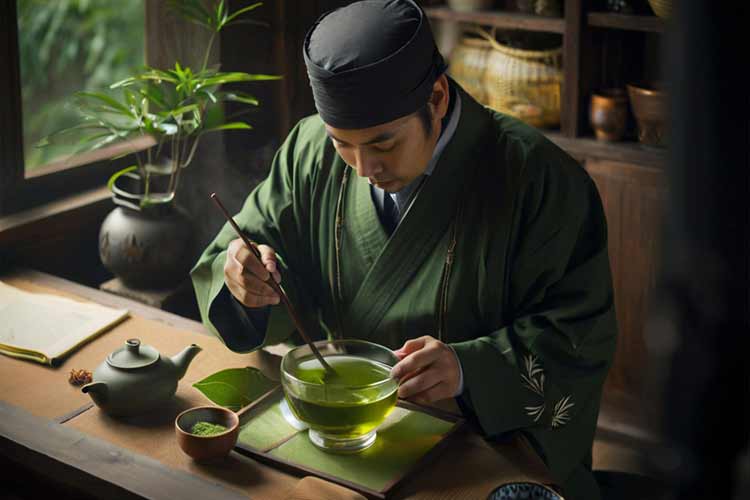
Matcha holds a special place in Japanese tea ceremonies and traditional arts. It is seen as a higher quality tea due to its intricate production and rich flavor. In Japan, the art of preparing and serving matcha, known as matcha-do, is deeply respected and passed down through generations. Matcha is also featured prominently in Japanese cuisine, used in confectioneries and ice creams, adding a unique depth of flavor to these dishes.
Nutritional Value
Both green tea and matcha offer health benefits, but matcha generally has a higher concentration of nutrients due to its meticulous preparation and the whole-leaf consumption. Matcha is rich in antioxidants, vitamins, and minerals, particularly catechins and L-theanine, which have been linked to improved focus, relaxation, and overall well-being. While green tea also provides these benefits, matcha offers them in a more concentrated form.
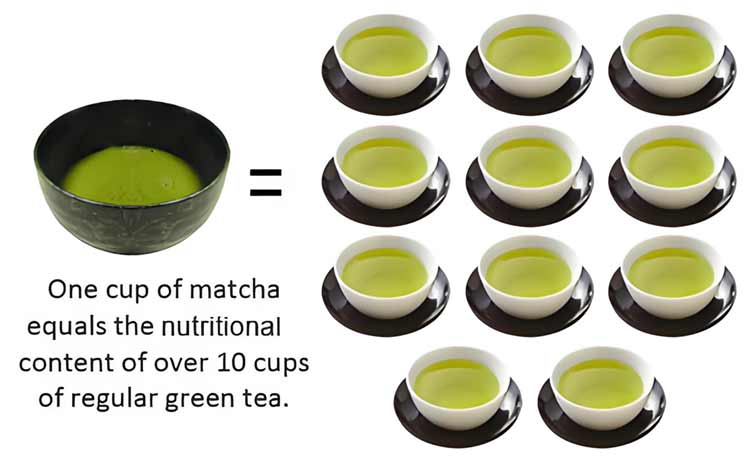
In conclusion, while both matcha and green tea are derived from the same plant, their differences in production, taste, color, and cultural significance make them unique in their own ways. Whether you prefer the delicate sweetness of green tea or the rich, umami-rich flavor of matcha, both beverages offer a delightful way to enjoy the health benefits and cultural richness of tea.


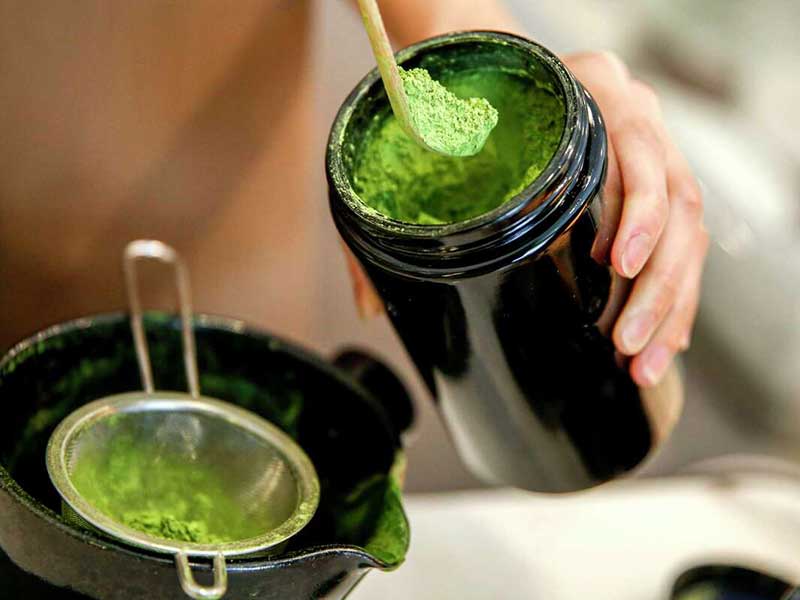

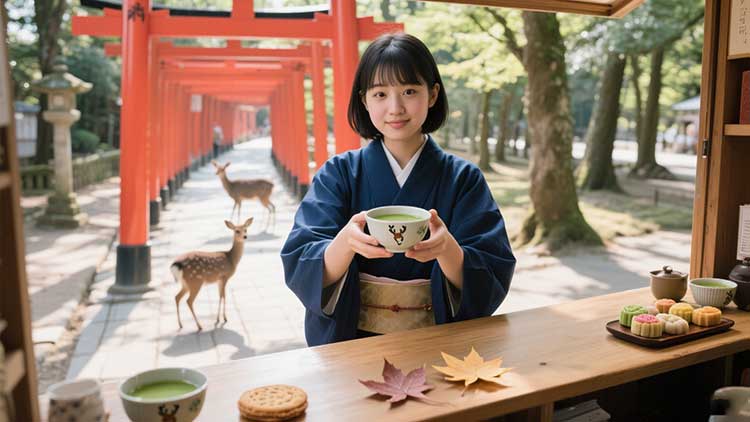
This was super helpful! I always wondered why matcha tastes richer and feels stronger than regular green tea. Thanks for breaking it down so clearly. Now I know it’s not just the taste—it’s the whole leaf! Looking forward to trying ceremonial grade matcha next
I’ve been drinking tea for decades, and I still learned something new here. Loved the point about how with matcha, you’re consuming the whole leaf, not just steeping it. That explains why it feels more energizing but still calming. Well-written and easy to understand!
Very helpful! I used to leave my matcha by the window — no wonder it lost flavor so fast.
Tôi bán bột matcha và blog này là tài liệu tham khảo hữu ích để hướng dẫn khách hàng của tôi cách bảo quản bột matcha đúng cách.
As someone who drinks Japanese tea often, I think this article was really well done. It highlights how matcha delivers the whole leaf, while regular green tea is just an infusion – a point many people miss. Great read for beginners!
I run a matcha dessert business, and this is the perfect article to share with customers! So many people ask why matcha cakes cost more than green tea ones – now I can just send them this link, haha.
I always thought matcha was just powdered green tea – had no idea the growing and processing methods were so different! Learned so much from this post. Great intro for beginners like me!
やっと分かりやすく説明してくれた人がいました!抹茶ってただの粉末緑茶だと思っていたけど、今ではシェーディングや栽培の違いが分かります。抹茶の方が高価な理由が分かりました!